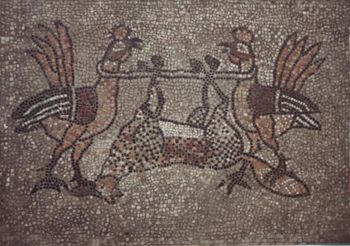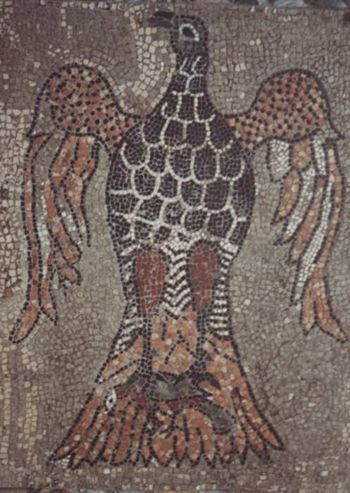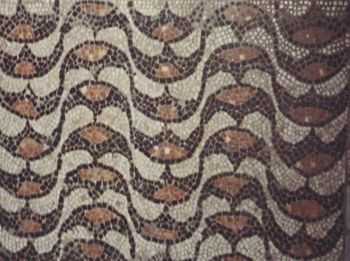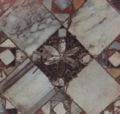Medieval mosaics in Venice
Da Venicewiki, il wiki di Venezia
The oldest building in Venice back to the tenth century. They are the Cathedral of Santa Maria Assunta which is Torcello, the Basilica dei Santi Maria e Donato to Murano, the St. Mark's Basilica the Chiesa di San Pietro di Castello and Chiesa di San Zaccaria to Venice.
The mosaic was created to replace the mural painting in ancient Greece, in the fountains dedicated to the muses, both on and off the water. The name derives therefore from this use by the Greeks. For the use of marble tiles, more than any other form of representation, is able to remain intact for hundreds of years. The depictions of the various cathedrals that gravitate in the Venice area are the clear demonstration of this claim.
Surveys carried out in 1940, probably performed to replace a marble slab, have revealed the existence of a mosaic floor immediately below the current floor of the nave of the church of Torcello, to 0.22 m depth. Both for its resemblance to the remains of the mosaic of the Church of St. Hilary of Fusina, both for the use of black and white tiles that for the linear trend of the design, very common in the mosaics Middle Ages in northern Italy, it should go back to the construction of the Cathedral prior to the year one thousand.
An additional survey at the entrance of the Church has ruled out the existence of other floors below, then the floor corresponds to that of the first Cathedral.
However, there are few cities, with the exception of Rome, which can boast the presence of such a vast panorama of medieval mosaics such as a Venice. Pavia, Reggio Emilia, Lyon, Reims and Cologne retain only a few fragments.
The Basilica dei Santi Maria e Donato to Murano has its own floor in large part opus sectile, colored marble tiles of medium size and shaped to form a single large decorative design. Only some parts are in tassellatum, ie small pieces uniform in the period prior to a thousand, were usually white background with designs blacks.
The mosaics of Murano were performed before those of Venice, indeed probably were the instigators, because those Murano does not have a continuity of simbologismo who particularly those who are in St. Mark's Basilica.








